 |  |
|---|
Who we are. Our goals.
Olivier Vitrac | senior scientist at INRAE |
| Food Eng, MS, PhD, Habilitation in Chemical Engineering
 | 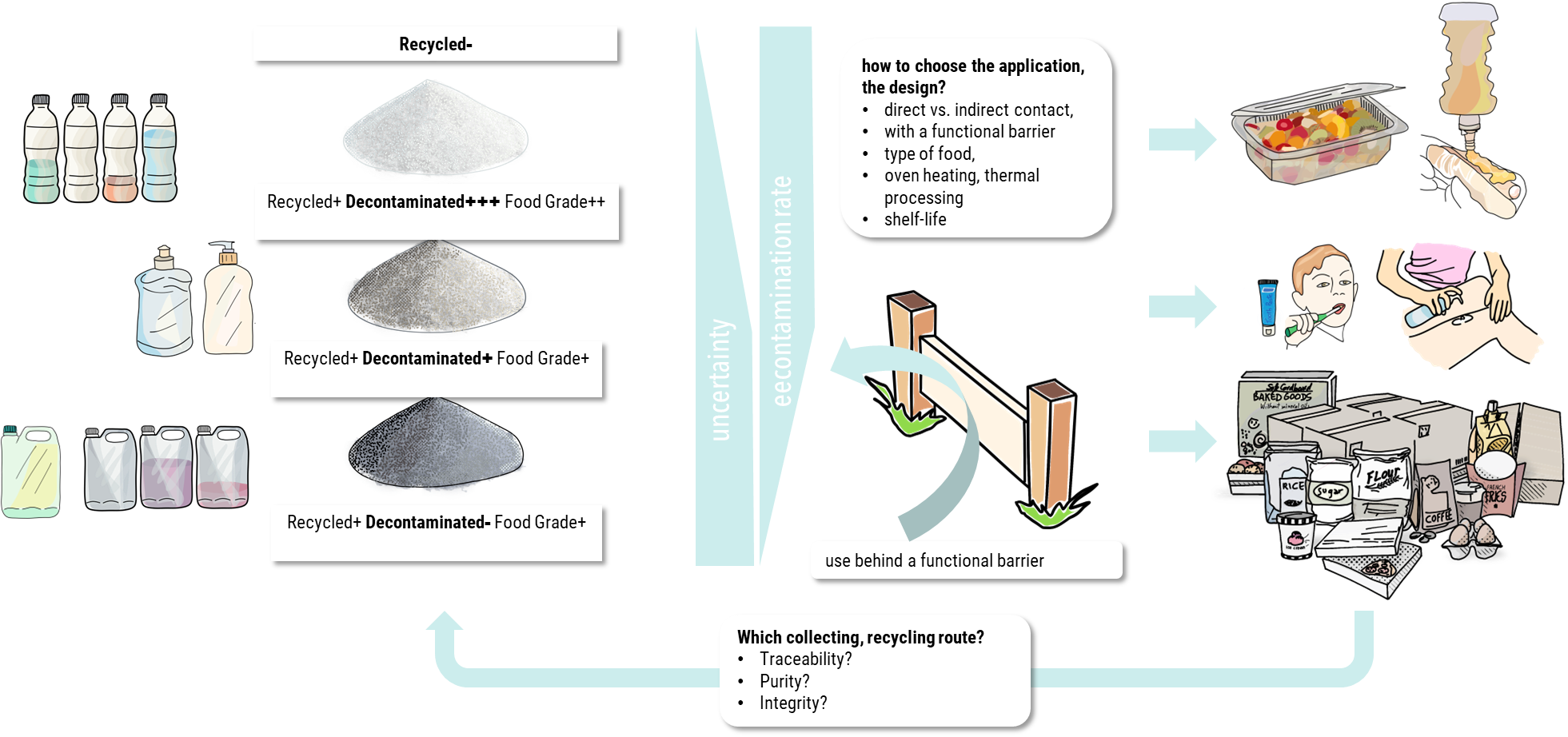 |
|---|
Who we are. Our goals.1. We belong to two organizations2. Food grade recycled materials is one of our top priorities3. Some materials3.1 Short presentation (30 slides)3.2 Selection of recent publications and tools (not exhaustive)3.3 Overview of current work and projects
1. We belong to two organizations
The Joint Technological Unit UMR 0782 SayFood of the Université Paris-Saclay, where our two hosting institutes (INRAE and AgroParisTech) are founding members. The laboratory is evaluated by the national authority.
The Joint Technological Unit UMT 22.07 SAFEMAT “safe food contact materials” between the French National Reference Laboratory LNE and AgroParisTech/INRAE. The laboratory is accredited by the ministry of Agriculture and Food since 2017.
At the University of Paris-Saclay, we take the benefit of a unique environment to create the next generation of mathematical and physical models enabling to zoom in on molecular details while being able to assess entire supply chain. We created a group “Modeling and Computational Engineering” (MODIC) devoted on multiscale modeling (hierarchical and concurrent) in food and food packaging. Both structures are competent organizations for the European Food Safety Authority on food contact materials.
With the help of LNE, we support the evolution of the French and European regulation on food contact materials.
2. Food grade recycled materials is one of our top priorities
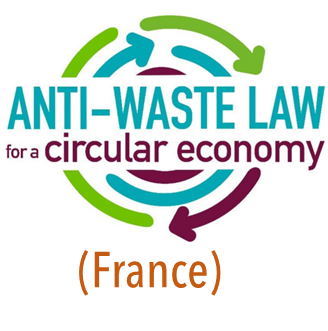 | 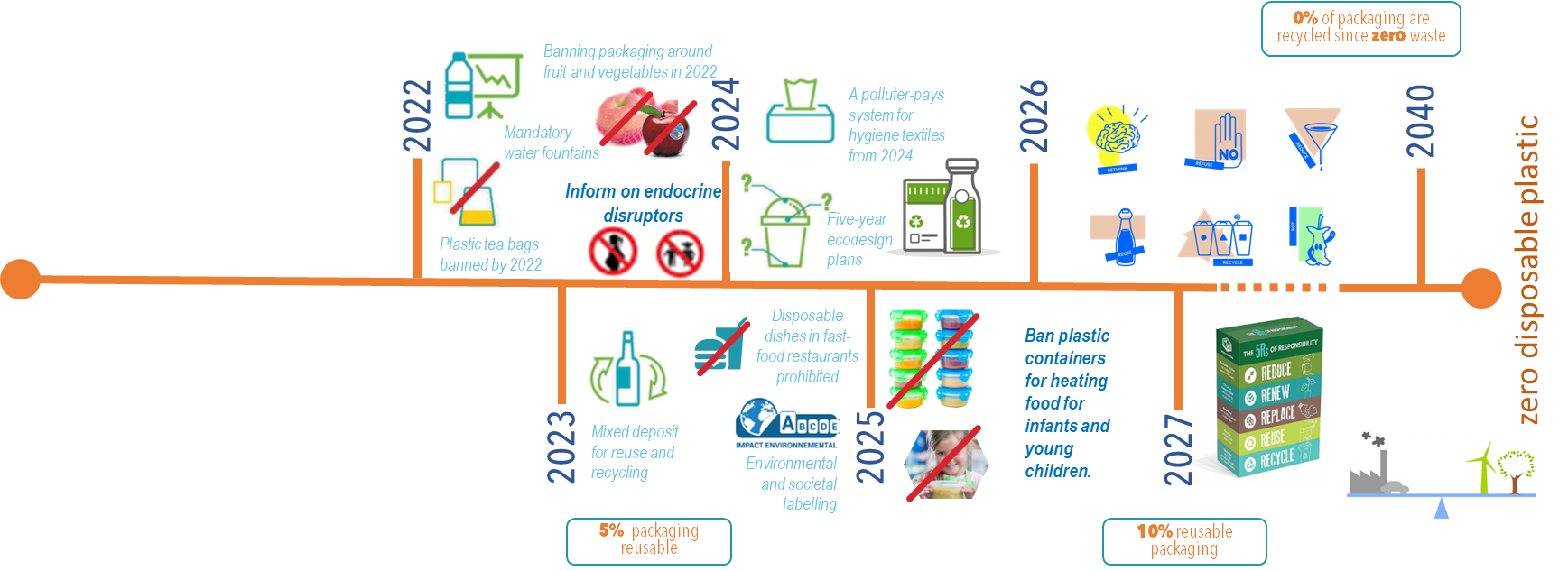 |
|---|
CONTEXT. Environmental policies (e.g., the European Single-Use Plastics Directive (EU) No 2019/904, the French Anti-Waste Law No 2020-105) are pushing for the phasing out of single-use plastics. Recycling is growing, but it poses a systemic safety concern for all stabilized and packaged foods to extend their shelf life. There is currently no harmonized policy to develop the circular economy between member states and set safeguards for all groups of materials. However, all materials (cellulosic, plastics, elastomers) recycled or not and intended to be in contact with food must comply with the general safety principles set out in the European Framework Regulation (EU) No 1935/2004. Risk assessment, risk management, and traceability are core principles that sufficient scientific evidence and methodologies must support. The circular economy dramatically complexifies the chain values: imported recycled materials, blending, materials with/without function barriers, variable levels of decontamination, and decontamination processes. It introduces emerging risks due to incidental contamination with the content, other materials, and the aging of materials during use, collection, recycling, and process.
Our R&D activities and dissemination (education, guidance, computer codes) are organized according to three axes.
| AXIS 1 Food-grade recyclates | AXIS 2 Aging of recycled, reused, reemployed materials | AXIS 3 Engineering and integration of the couple product-packaging |
|---|---|---|
 | 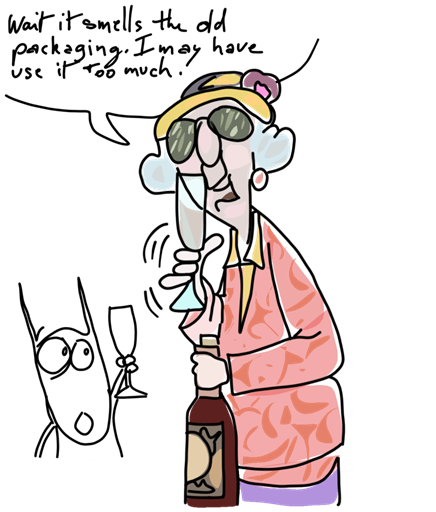 | 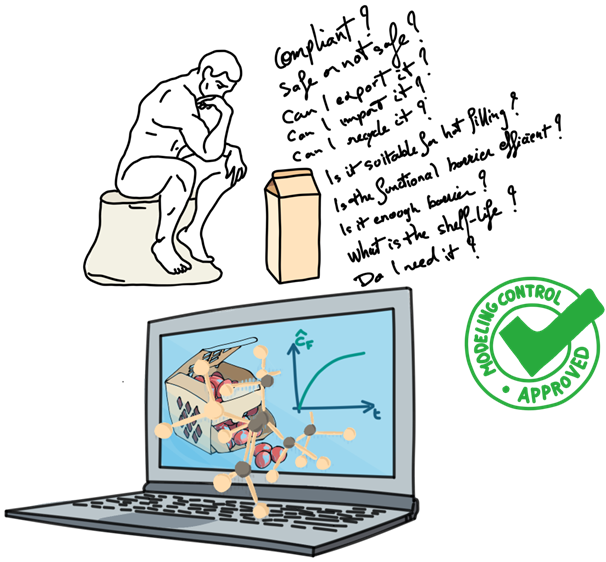 |
| projects: ABA trays, FoodSafeBioPack, PackSafe, FoodGradeRecycled Materials | projects: Polysafe, BuddyPack | projects: FitNESS |
3. Some materials
3.1 Short presentation (30 slides)
3.2 Selection of recent publications and tools (not exhaustive)
| Topic | Open access | Editor version | |
|---|---|---|---|
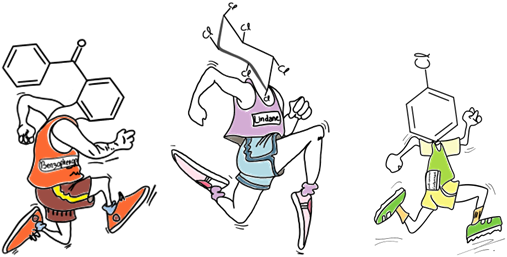 | Extended free-volume theory of diffusion in polymers (article, 2019) | - | soft matter |
 | Cross-contamination without contact (article, 2019) | open | Molecules |
 | Food packaging ecodesign (article 2019) | open | Frontiers Chem |
 | Multiscale modeling: in-silico prediction of properties (article, 2022) | open | Frontiers Chem |
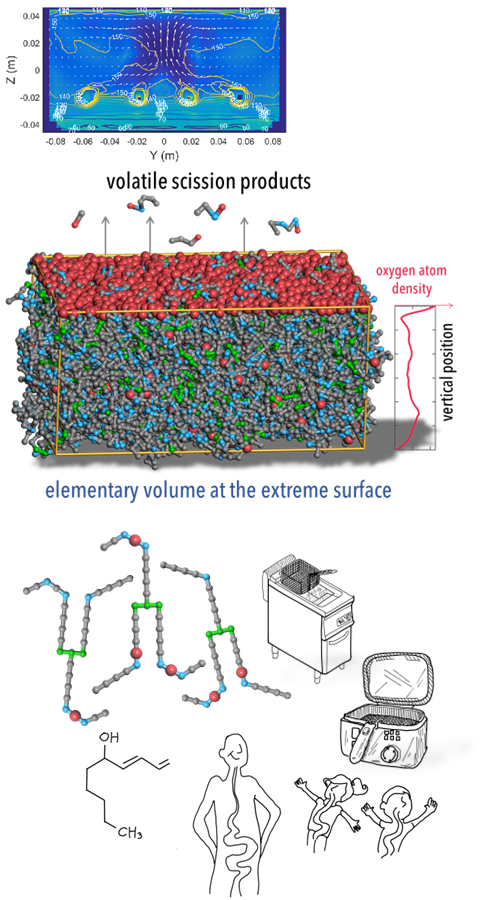 | Multiscale modeling: coupling flow and reactions (article, 2021) | - | Phys Fluids |
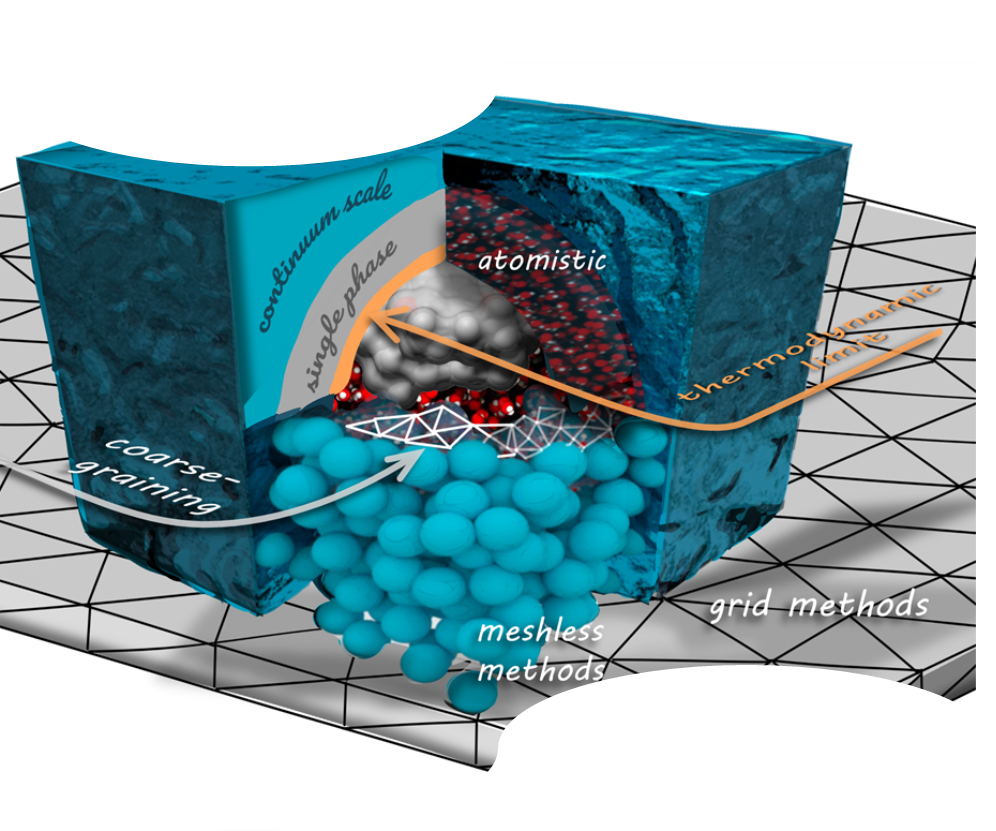 | Multiscale modeling: Langevin Dynamics (article, 2020) | open | SN Appl Sci |
 | Risk Assessment of migration (book, 2019) | html (printable) | Elsevier |
 | Life-long training platform (open-source) | html (printable) | 3 months of lecture |
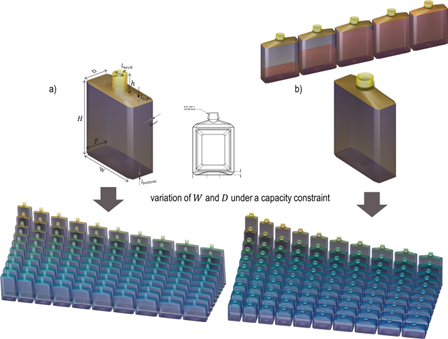 | SafeFoodPackaging, FMECAengine 1D and 3D portal (open-source) | html | account: demouser pass:inramig |
3.3 Overview of current work and projects
The staff and students prepared several posters for the renewal of UMT SafeMat. They are available here.